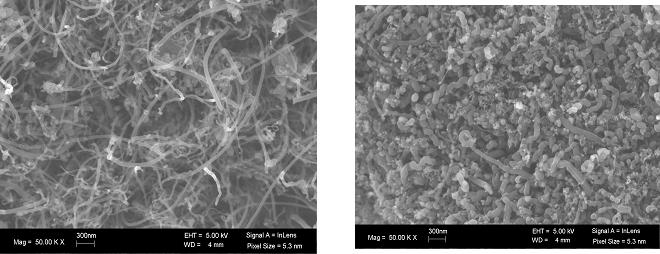Extramural Research
Presentation Abstract
Grantee Research Project Results
Title of Talk:
Micro-Integrated Sensing Systems by Controlled Self Assembly of Nanoparticles
Abstract of Talk:
The increasing need for inexpensive, portable monitoring devices have added new impetus to miniaturization of chemical analysis systems. It is well known that miniaturization yields many functional and economical benefits because of the reduction of the sample size, decrease in reagent consumption and inexpensive mass production. Figures of merit necessary for different measurements are high sensitivity, selectivity, reproducibility, short response time and long-term stability. To solve real-world environmental problems, the sensors need to meet these requirements. The limited success of the sensors in trace environmental monitoring is due to the relatively low sensitivity and high detection limit of the sensors.
A method to enhance sensitivity in any analytical measurement is to preconcentrate
the species of interest. Sorbent trapping during air sampling, and solid
phase extraction are common preconcentration techniques that allow larger
volumes of analyte to be concentrated and then released into the detector,
thus resulting in a high signal-to-noise ratio.
In this paper we present methods of self-assembly of nano particles in
micro-channels for analyte preconcentration. First involves gas phase
preconcentration at the nanoscale via quantum interactions on carbon annotates
(CNTs) directly self-assembled on the devices. This is achieved by chemical
vapor deposition (CVD) techniques. The other approach involves solid phase
extraction in microfluidic channels on silica nanoparticles. Here the
nanoparticles are self-assembled via sol-gel synthesis.

Figure 1 CNT distribution in a microtrap used for air
monitoring; a) by one hour C2H4-CVD; b) by one hour CO- CVD
Environmental Applications/Implications:
At present there is a need for the development of low cost micro-sensing
and measurement devices that can be used for real-time measurements with
high sensitivity. Although microsensors have been around for many years,
their application in environmental sensing has been limited due to low
sensitivity and high detection limits. High sensitivity in the sensors
proposed will be achieved by nanoscale quantum adsorption and separation
processes on self-assembled carbon nanotubes (CNTs). The sensing devices
developed in this project will be:
• Functionally simple and rugged
• Completely automated for continuous monitoring.
• Cost-effective
• Sensitive down to the ppb level
The sensing systems will be developed with air monitoring in mind. It can be used for regulatory purposes, in process control, or monitoring fugitive emissions from industry. It will also find applications in homeland defense applications, such as in monitoring chemical warfare agents, and explosive vapors.
This project will also develop new areas in next-generation sensing and analysis and in nanotechnology. The major new developments will be:
• Fundamental understanding of a microconcentration on carbon nanotubes.
• Self-assembly of CNTs in microfluidic devices by CVD.
• Functionalization of CNTs.
